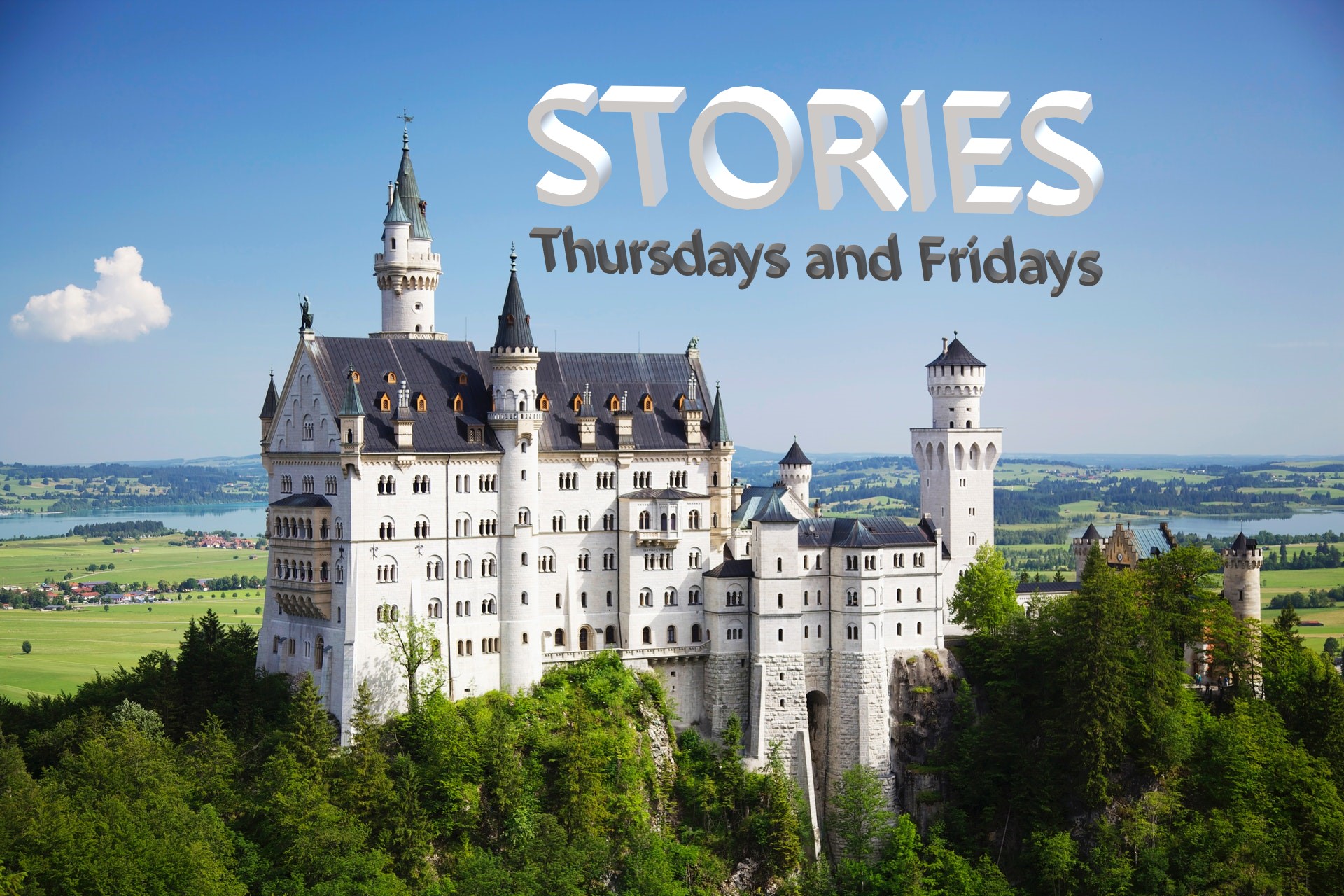Oh, you know the story. Genesis 2:4-3:24. You may still learn something, though.
Why is this story important?
- The definition of marriage comes from this story (Gen 2:24; cf. Mt. 19:4-6)
- Roles of men and women (in marriage and the church) come from this story (Gen 2:18ff; Gen 3:6, 16; cf. 1Ti 2:12-14; 1Co 11:3)
- And what sin can’t be compared to Adam and Eve and the forbidden tree? They were literally in paradise and gave it all up for a fleeting pleasure and to be equal with God.
What’s in this story?
I have to admit, just about every Christian knows this story really well.
- God creates man (Adam), Gen 2:7
- God tells him not to eat from The Tree of the Knowledge of Good and Evil, Gen 2:16-17
- God makes woman (Eve), Gen 2:18-22
- The serpent deceives the woman (quite easily, it seems), Gen 3:1-5
- Adam and Eve break the rules and eat from the forbidden tree, Gen 3:6
- Adam and Eve are banished from Eden, Gen 3:23-24
Some things that are not as well-known
- God put man in the Garden of Eden (Gen 2:15). I just assumed he was, uh, born there.
- Adam had to work the land in the garden of Eden (Gen 2:15) – it wasn’t a free ride!
- God makes woman (Eve) as a helper for the man (Gen 2:18). This is the purpose of her creation (1Co 11:9).
- Adam and Eve were married (Gen 2:25). Not exactly sure how that came to be, but it’s stated as an existing fact.
- When God asks Cain “Where is Abel?” after his sin (Gen 4:9), it echoes this story, where God asks Adam, “Where are you?” after his sin (Gen 3:9).
Theology and doctrinal points
- Was Eden a real place?
- Yes
- Is the serpent = Satan?
- I’d say so. Rev 12:9 ties them together with the devil also as being the same being.
- Was Eden a place where nothing bad could ever happen?
- Maybe.
- It was a great place to live, for sure. And the imagery in Rev 22:1-5 implies Eden (especially “the tree of life”), where no one hurts anymore. But Genesis never says this.
- Where was the Garden of Eden?
- Short answer: The Middle East, probably.
- REALLY long answer: Gen 2:10-14 says, “A river flowed out of Eden to water the garden, and there it divided and became four rivers” (v.10), and then names them all. Two of those rivers are the Tigris and Euphrates, which start in the mountains of modern-day Turkey. But the geography of this doesn’t really match maps today. Why? So, it’s purely a guess at this point, but I’d argue this was a time when, as Gen 1:9 says, all the land was in one place. There is no reason to demand that the earth at this time looked like it does today. I’d argue the same for Noah’s flood.
- There is another parallel, between Adam and Eve’s sin and curse and Cain’s sin and curse.
- Gen 3:16 (to Eve), “Your desire shall be contrary to your husband, but he shall rule over you.”
- Gen 4:7 (to Cain), “Its [sin’s] desire is contrary to you, but you must rule over it“
- I quoted the (newer) ESV rendering. Most other translations say “desire shall be for…” in both passages
- I’m not really interested in weighing in on that debate, though I do see the ESV’s point – it is perhaps odd if Eve’s curse is “you’ll like this guy” (oh no!)
- Just know that for hundreds of years people have noticed the similarity in the two passages. Also Cain’s curse deals with the ground, which echoes Adam’s curse.
- Please, please, stop using the phrase “help-meet.” That’s not a thing! It’s a misunderstanding of old KJV English. I don’t hear it as much anymore. If you don’t know what I mean, great. I’m not explaining it.

No responses yet